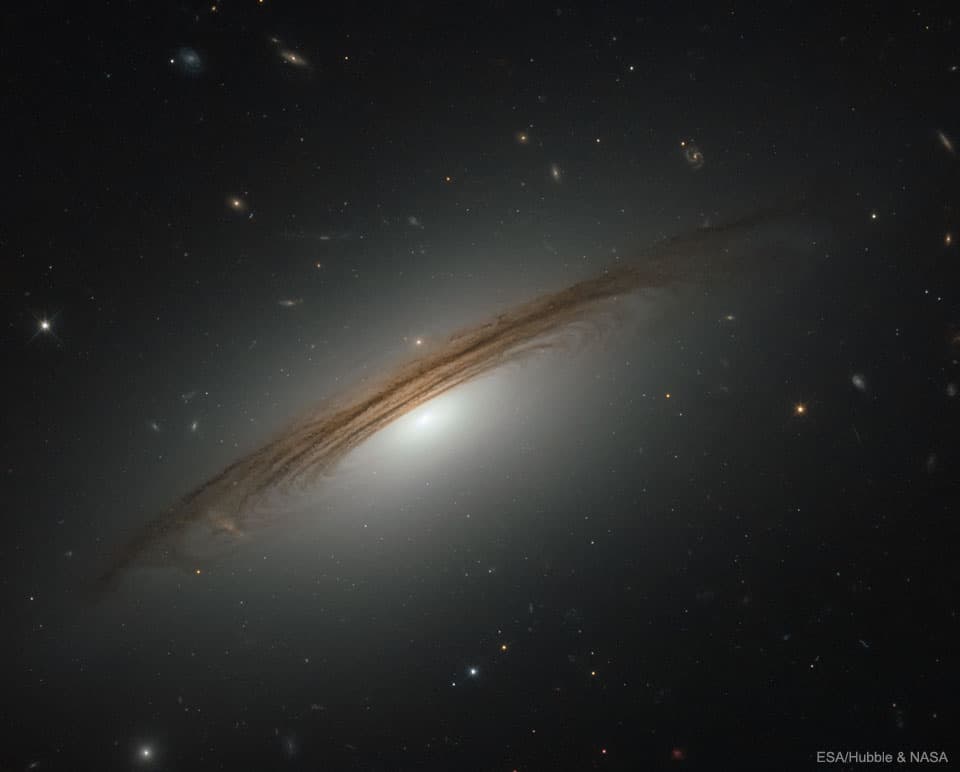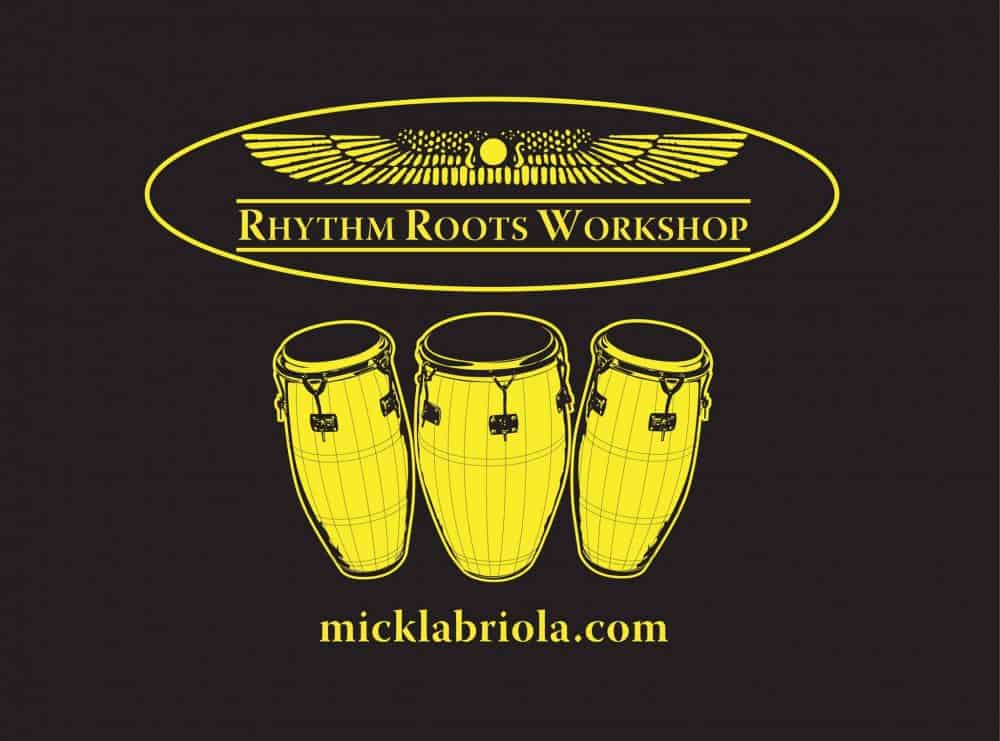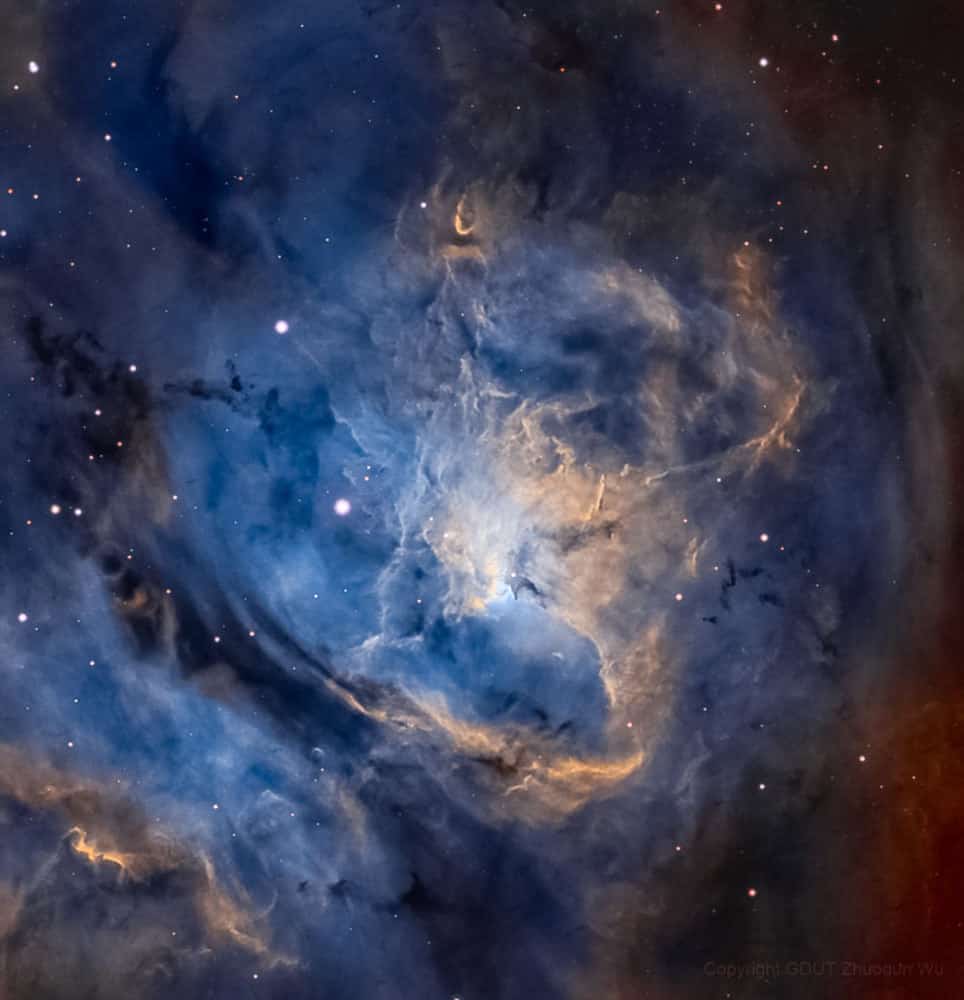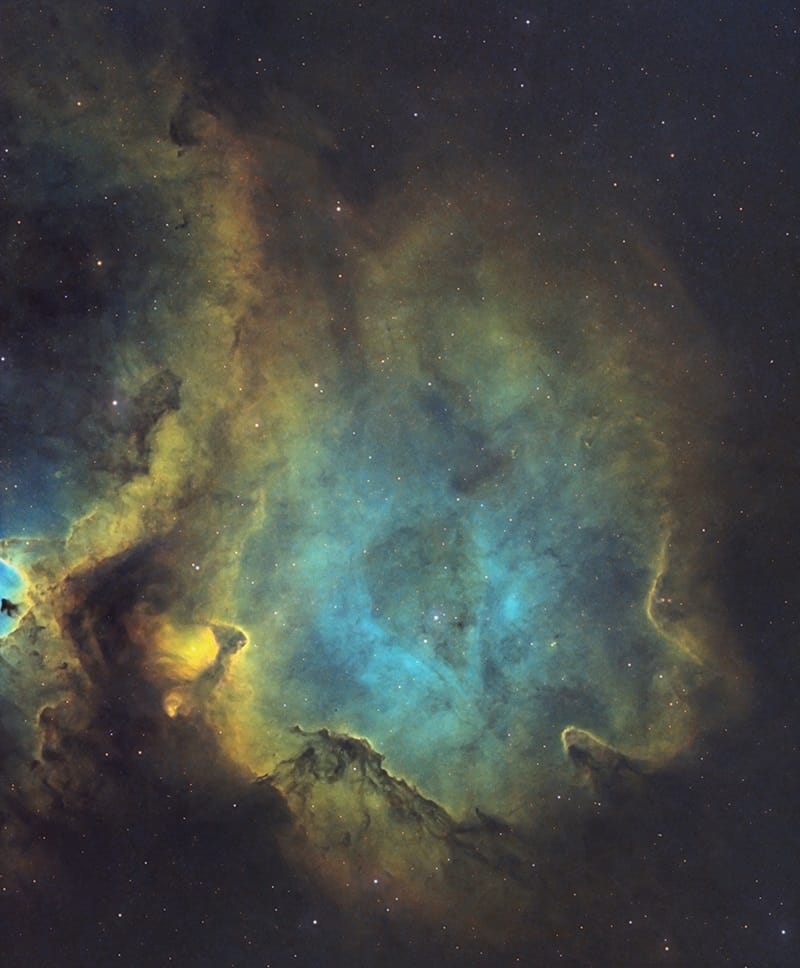Blog
Galaxy UGC 12591 is difficult — it has dark dust lanes like a spiral galaxy but a large diffuse bulge of stars like a lenticular.Surprisingly observations show that UGC 12591 spins at about 480 km/sec, almost twice as fast as our Milky Way, and the fastest rotation rate yet measured. The mass needed to hold together a galaxy spinning this fast is several times the mass of our Milky Way Galaxy. Progenitor scenarios for UGC 12591 include slow growth by accreting ambient matter, or rapid growth through a recent galaxy collision or collisions — future observations may tell. The light we see today from UGC 12591 left about 400 million years ago, when trees were first developing on Earth.

Neil Cowley (born 5 November 1972) is a dynamic composer whose previous incarnations include Fragile State, the Green Nuns of the Revolution, and the Neil Cowley Trio, which appeared on Later… with Jools Holland in April 2008 and won the 2007 BBC Jazz Award for best album for Displaced.. In 2018 Neil announced he was working on a new electronic focused solo project
Cowley was born in London. He began as a classical pianist and performed a Shostakovich piano concerto at the age of 10 at Queen Elizabeth Hall. In his late teens Cowley moved into being a keyboardist for soul and funk acts Mission Impossible, the Brand New Heavies, Gabrielle and Zero 7. He also appeared as a co-composer and session musician with the jazz-rock group Samuel Purdey. An early album was “Foxbury Rules”, released under the pseudonym Diamond Wookie.
In 2002 he formed the duo Fragile State with Ben Mynott; after its end, the Neil Cowley Trio. In 2006 he released an album called Soundcastles under the name Pretz.
In 2008 the Neil Cowley Trio recorded cover versions of the Beatles‘ “Revolution 1” and “Revolution 9” for Mojo magazine. In 2012, he appeared as the session pianist on Adele‘s album 21.
In 2013 he was Musician in Residence for Derry when it was designated the inaugural UK City of Culture.
On 16 September 2016 the album Spacebound Apes was released by Neil Cowley Trio.
more...Arthur Ira Garfunkel (born November 5, 1941) is an American singer, poet, and actor. He is best known for his partnership with Paul Simon in the folk rock duo Simon & Garfunkel.
Highlights of his solo music career include a top 10 hit, three top 20 hits, six top 40 hits, 14 Adult Contemporary top 30 singles, five Adult Contemporary number ones, two UK number ones and a People’s Choice Award. Through his solo and collaborative work, Garfunkel has earned eight Grammys, including a Lifetime Achievement Award. In 1990, he and Simon were inducted into the Rock and Roll Hall of Fame. In 2008, Garfunkel was ranked 86th in Rolling Stone magazine’s list of the 100 Greatest Singers of All Time.
Garfunkel was born in Forest Hills, Queens, New York City, the son of Rose (née Pearlman) and Jacob “Jack” Garfunkel, a traveling salesman. Art is a middle child with two brothers, the older named Jules and the younger named Jerome. Jacob’s parents had originally immigrated to the United States at the turn of the century, and settled in Manhattan. Before his career in sales, Jacob worked as an actor in Dayton, Ohio.
more...John Vivian “Jack” McVea (November 5, 1914 – December 27, 2000) was an American swing, blues, and rhythm and blues woodwind player and bandleader. He played clarinet and tenor and baritone saxophone.
Born in Los Angeles, California, his father was the noted banjoist Satchel McVea, and banjo was Jack McVea’s first instrument. He played jazz in Los Angeles for several years, and joined Lionel Hampton‘s orchestra in 1940. From 1944 on he mostly worked as a leader. He performed at the first Jazz at the Philharmonic concert in 1944.
Jack Mc Vea played at the famed Cavalcade of Jazz concert held at Wrigley Field in Los Angeles produced by Leon Hefflin Sr. on October 12, 1946. Lionel Hampton and his Orchestra, Slim Gaillard, T-Bone Walker, The Honeydrippers, Madaline Green, Winnie Brown, Reathis Stevens, Joan Benson and Louis Armstrong were all on the same program.
McVea was leader of the Black & White Records studio band and was responsible for coming up with the musical riff for the words “Open the Door, Richard“. Ralph Bass persuaded him to record it in 1946 and it became immensely popular, entering the national charts the following year, and was recorded by many other artists.
more...Rhythm Roots Workshop Residency at Wilder Community Center for Aging in St Paul. November 4th, 6th, 11th & 13th.
930-1130am-Great Room 1-230pm-Day Room

Stars are battling gas and dust in the Lagoon Nebula but the photographers are winning. Also known as M8, this photogenic nebula is visible even without binoculars towards the constellation of the Archer (Sagittarius). The energetic processes of star formation create not only the colors but the chaos. The glowing gas results from high-energy starlight striking interstellar hydrogen gas and trace amounts of sulfur, and oxygengases. The dark dust filaments that lace M8 were created in the atmospheres of cool giant stars and in the debris from supernovae explosions. The light from M8 we see today left about 5,000 years ago. Light takes about 50 years to cross this section of M8.

Antonio Ruiz Soler (4 November 1921, Seville – 6 February 1996, Madrid), was a Spanish flamenco dancer, choreographer and dance director. He was professionally known as Antonio or Antonio el Bailarín (“Antonio the dancer”). With Rosario (Florence Pérez Padilla) he had a partnership which lasted from 1928 until 1952 and which became world-famous. They were billed as Rosario y Antonio.
During appearances in the United States he danced in Ravel’s “Boléro” in New York City and appeared in several Hollywood movies, including “Ziegfeld Girl” (1941), “Hollywood Canteen” (1944) and “Honeymoon” (1947).
In 1953 he formed his own Spanish ballet company, Antonio y los Ballets de Madrid, and Rosario also formed a company, partnered by Iglesias. Antonio choreographed many works in Spanish and classical style; several were taken up by other companies.
more...Lawrence Benjamin Bunker (November 4, 1928 – March 8, 2005) was an American jazz drummer, vibraphonist, and percussionist. A member of the Bill Evans Trio in the mid-1960s, he also played timpani with the Los Angeles Philharmonic orchestra. Born in Long Beach, California, Bunker was a central figure on the West Coast jazz scene, one of the relatively few who actually were from the region. In the 1950s and 1960s he appeared at Howard Rumsey‘s Lighthouse in Hermosa Beach, and performed with Shorty Rogers and His Giants and others. At first he played primarily drums, but increasingly he focused on vibraphone and was later highly regarded for his playing of timpani and various percussion instruments.
A dependable and in-demand studio drummer and vibist, Bunker achieved particular distinction by recording with Billie Holiday, Ella Fitzgerald, Peggy Lee, Diana Krall, and many other jazz greats. In 1952, he was the drummer in one of Art Pepper‘s first groups. In 1953 and 1954, Bunker played drums in some of the earliest of Gerry Mulligan‘s groups. From 1963 to 1965, he was, intermittently, the drummer in the Bill Evans trio. His work in movie soundtracks spanned over fifty years, from Stalag 17 (1953) and Glengarry Glen Ross (1992) to The Incredibles (2004), and included soundtracks by John Williams, Henry Mancini, Quincy Jones, Miklós Rózsa, Jerry Goldsmith, Johnny Mandel, Lalo Schifrin and many other composers.
Bunker died of complications of a stroke in Los Angeles at age 76.
https://www.youtube.com/watch?v=csGnvbJCQKU
more...Carlos Valdés (November 4, 1926 – December 4, 2007), better known as Patato, was a Cuban-born American conga player. In 1954 he emigrated from La Habana to New York City where he continued his prolific career as a sideman for several jazz and Latin music ensembles, and occasionally as a bandleader. He invented and patented the tunable conga drum which revolutionized the use of the instrument in the US. Tito Puente once called him “the greatest conguero alive today”.
Like most Cuban musicians, Carlos Valdés had several nicknames throughout his artistic career. Early on he was known as “El Toro” (The Bull) as a young dancer and boxer. In school he was known as “Patato” (Potato) due to his short stature; more disrespectfully he was known as “Remache” and “Tampón de bañera” around his neighbourhood. While playing alongside Armando Peraza in Havana’s Zombie Club, he was known as “El Zombie”, “Zombito” or “Pequeño Zombie” (Little Zombie). Due to his dancing style he was known as “Pingüino” (Penguin). Nonetheless, “Patato” was the name that stuck and he carried this pseudonym to the US, where he was often miscredited as “Potato Valdez”. Carlos Valdés was born in the neighbourhood of Los Sitios in La Habana on November 4, 1926. His father, Carlos Valdés Brito, was a tres player who was part of the seminal coro de clave Los Apaches, and author of the son “Maldita timidez” recorded by Sexteto Habanero. The rest of his family included many other musicians and santeros; his cousin was the singer Francisco Felloveaka “El Gran Fellove”. Carlos soon followed his father footsteps, learning to play the tres and a wide variety of percussion instruments, including the marímbula, the botija, the shekere, the tambourine, the cajón and the double bass. He became a member of the comparsa Las sultanas in which he played the congas (tumbadoras). He became a master of the instrument at a young age, playing alongside other greats such as Mongo Santamaría, Cándido Camero, Julito Collazo and Armando Peraza. The latter was his neighbour and partner in the Conjunto Kubavana led by Alberto Ruiz. He was only 18 years old when he joined this band in 1944. He left the group in 1947 to join the well-known Sonora Matancera, where he stayed for a year. From 1949 to 1954 he played for the Conjunto Casino, one of the most popular bands in La Habana at the time. In 1952, they toured New York City, where fellow drummer Cándido Camero decided to stay. Patato would make the same decision two years late.
https://www.youtube.com/watch?v=N3EQp-DMjQA
more...Willie Love Jr. (November 4, 1906 – August 19, 1953) was an American Delta blues pianist. He is best known for his association with and accompaniment of Sonny Boy Williamson II.
Love was born in Duncan, Mississippi. In 1942, he met Sonny Boy Williamson II in Greenville, Mississippi. They played regularly together at juke joints throughout the Mississippi Delta.Love was influenced by the piano playing of Leroy Carr and was adept at both standard blues and boogie-woogie styling.
In 1947 Charley Booker moved to Greenville, where he worked with Love Two years later, Oliver Sain also relocated to Greenville to join his stepfather, Love, as the drummer in a band fronted by Williamson. When Williamson recorded for Trumpet Records in March 1951, Love played the piano on the recordings. Trumpet’s owner, Lillian McMurray, had Love return the following month and again in July 1951, when he recorded his best-known song, “Everybody’s Fishing”, which he wrote. Love played piano and sang, with guitar accompaniment by Elmore James and Joe Willie Wilkins. His backing band was known as the Three Aces. A studio session in December 1951 had Love backed by Little Milton (guitar), T.J. Green (fiddle), and Junior Blackman (drums).[3] In his teenage years, Eddie Shaw played tenor saxophone with both Milton and Love.
more...The Soul nebula in Cassiopeia is a faint hydrogen emission nebula 6500 light years away and about 100 light years across. The Soul Nebula is being carved out by the stellar winds from the stars embedded within it, a process that leaves behind large pillars of material pointing inwards. These pillars are very dense and have stars forming at their tips. Each pillar spans about 10 light years. The Soul Nebula lies in the vicinity of several notable deep sky objects: the galaxies Maffei 1 and Maffei 2, the Fishhead Nebula (IC 1795), and the famous Double Cluster in Perseus.

more...
Herbert Jansch (3 November 1943 – 5 October 2011) was a Scottish folk musician and founding member of the band Pentangle. He was born in Glasgow and came to prominence in London in the 1960s, as an acoustic guitarist, as well as a singer-songwriter. He recorded at least 25 albums and toured extensively from the 1960s to the 21st century.
Jansch was a leading figure in the 1960s British folk revival, touring folk clubs and recording several solo albums, as well as collaborating with other musicians such as John Renbourn and Anne Briggs. In 1968, he co-founded the band Pentangle, touring and recording with them until their break-up in 1972. He then took a few years’ break from music, returning in the late 1970s to work on a series of projects with other musicians. He joined a reformed Pentangle in the early 1980s and remained with them as they evolved through various changes of personnel until 1995. Until his death, Jansch continued to work as a solo artist.
Jansch’s work influenced such artists as Al Stewart, Paul Simon, Johnny Marr, Elton John, Ian Anderson, Bernie Taupin, Bernard Butler, Jimmy Page, Nick Drake, Graham Coxon, Donovan, Neil Young, Hope Sandoval, Fleet Foxes, Devendra Banhart, Neil Halstead, and Roy Harper.
Jansch received two Lifetime Achievement Awards at the BBC Folk Awards: one, in 2001, for his solo achievements and the other, in 2007, as a member of Pentangle.
more...Henry Grimes (born November 3, 1935) is a jazz double bassist, violinist, and poet.
After more than a decade of activity and performance, notably as a leading bassist in free jazz, Grimes completely disappeared from the music scene by 1970. Grimes was often presumed to have died, but he was rediscovered in 2002 and returned to performing.
Henry Grimes was born in Philadelphia. He took up the violin at the age of 12, then began playing tuba, English horn, percussion, and finally the double bass in high school. He furthered his musical studies at Juilliard and established a reputation as a versatile bassist by the mid-1950s. He recorded or performed with saxophonists Gerry Mulligan, Sonny Rollins, pianist Thelonious Monk, singer Anita O’Day, clarinetist Benny Goodman and many others. At a time when bassist Charles Mingus was experimenting with a second bass player in his band, Grimes was the person he selected for the job. One of his earliest appearances on film is captured in the Bert Stern documentary on the Newport Jazz Festival of 1958, Jazz on a Summer’s Day. He was 22 years old, and as word spread among the musicians about his extraordinary playing, he ended up playing with six different groups in the festival that weekend: those of Benny Goodman, Lee Konitz, Thelonious Monk, Gerry Mulligan, Sonny Rollins, and Tony Scott.
more...William Melvin Mitchell (November 3, 1926 – April 18, 2001) was an American jazz tenor saxophonist.
Mitchell was born in Kansas City, Missouri. He and his family moved to Detroit, where he received early music education at Cass Tech. He was known for his close association with trumpeter Thad Jones, who was also from Detroit, and worked in several big bands, including Woody Herman‘s when he replaced Gene Ammons. In 1949 Mitchell recorded with the Milt Buckner band, as well as making several recordings with Thad Jones.
From 1951 to 1954, Mitchell led the house band at the Blue Bird Inn in Detroit. The band operated in different configurations, including with drummer Oliver Jackson and his bassist brother Ali; as a quartet with Terry Pollard, Beans Richardson, and Elvin Jones; as a quintet including Thad Jones; and, for several months in 1953, with Miles Davis as a guest soloist.
From 1956 to 1957 he played with Dizzy Gillespie in his big band. From 1957 until 1961 and from 1966 to 1967 Mitchell played with Count Basie. In the early 1960s he co-led a group with Al Grey, The Al Grey Billy Mitchell Sextet, which won the Down Beat magazine new band award in 1962. Mitchell performed and recorded with the Kenny Clarke/Francy Boland Big Band in Europe in the late 1960s and early 1970s. He was musical director for Stevie Wonder for a short time during this period. He died in Rockville Centre, New York, in 2001.
He is not to be confused with Billy Mitchell the jazz pianist and keyboardist whose career was with Optimism Records in the 1980s.
more...More Posts
- Milo Fine: Composing in Real Time
- Homewood Studios: You Do Not Have to Leave the Community to Find Great Art
- David Harris: Music Builds Community
- Jamie Carter: Music is a Reflection of Life
- Merlin Brunkow-Bronco Keeps on Playing
- Scott Nieman-Music Brings People Together Locally and Globally
- KARIBUNI
- Maqam
- Ancestor Energy
- Maroons
- Mojo Roots
- Voices of Sepharad
- Beau Koo Jacks
- World Cafe International
- Mojo Roots: Prakriti’s Kiss
- Ancestor Energy: Allwhere
- Songs for Diego: I’m Missing You